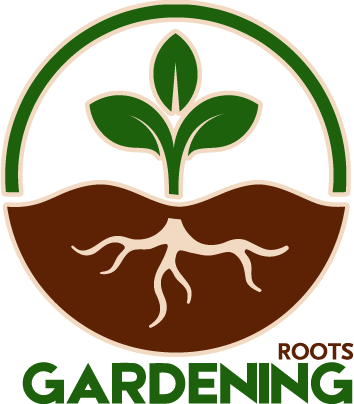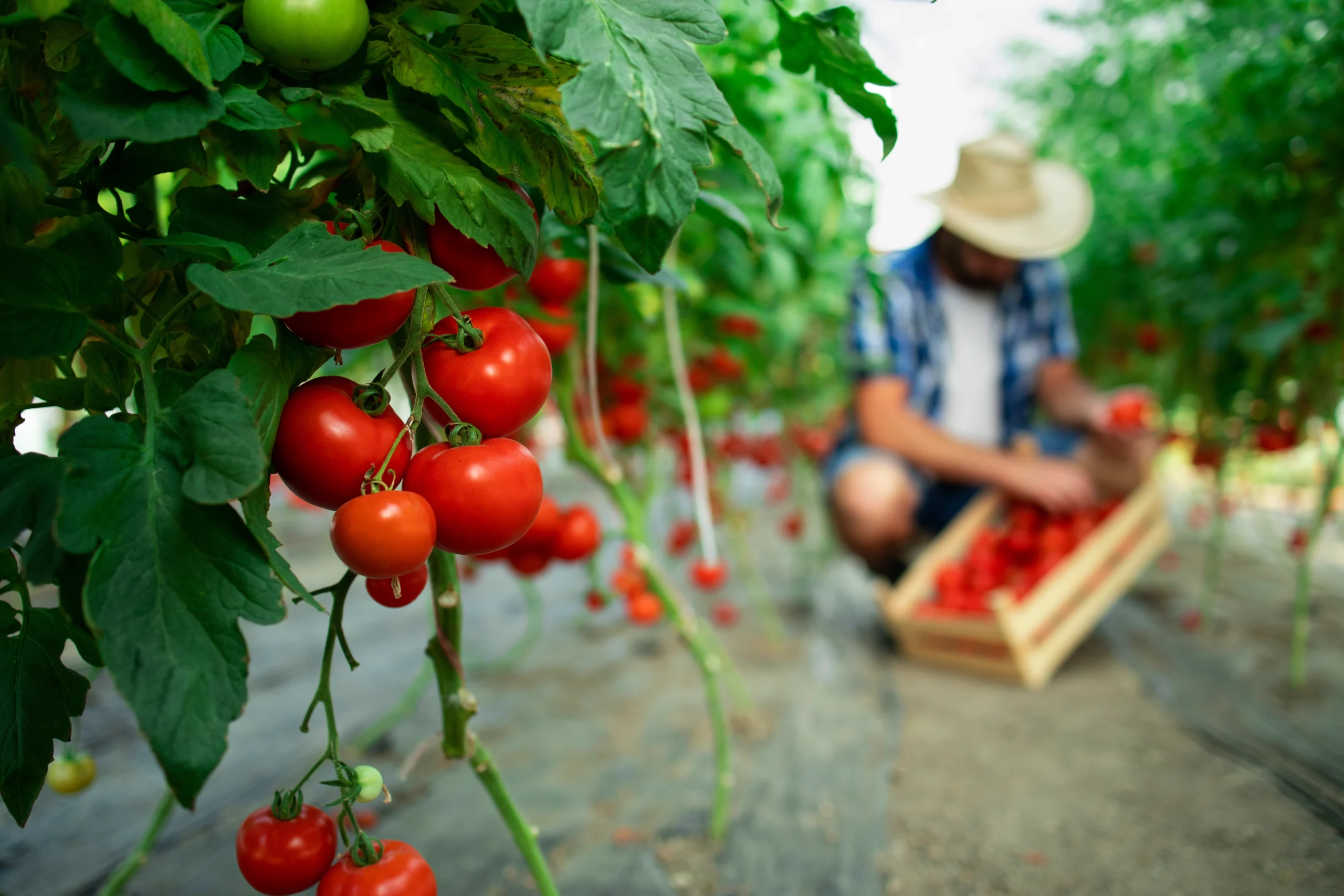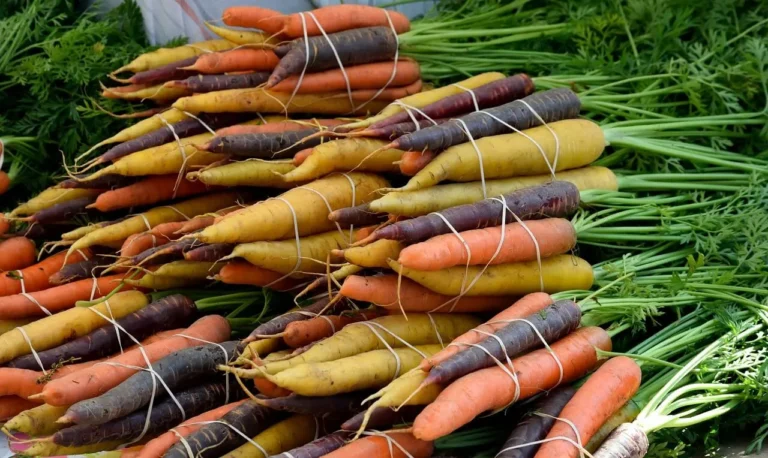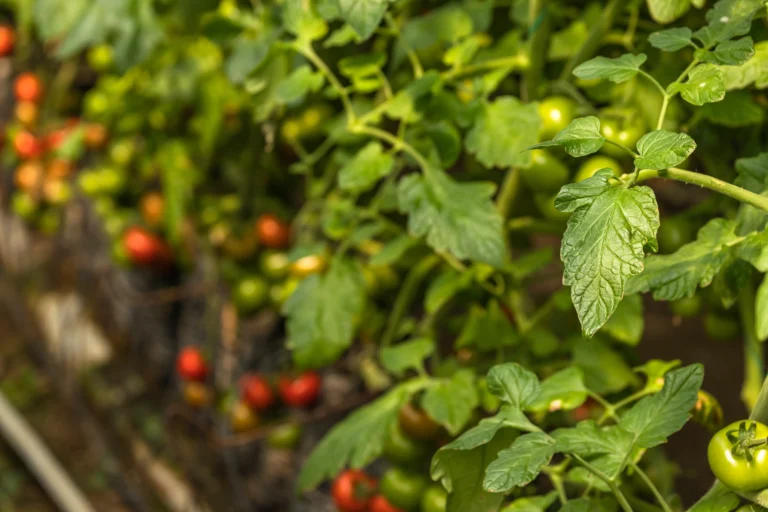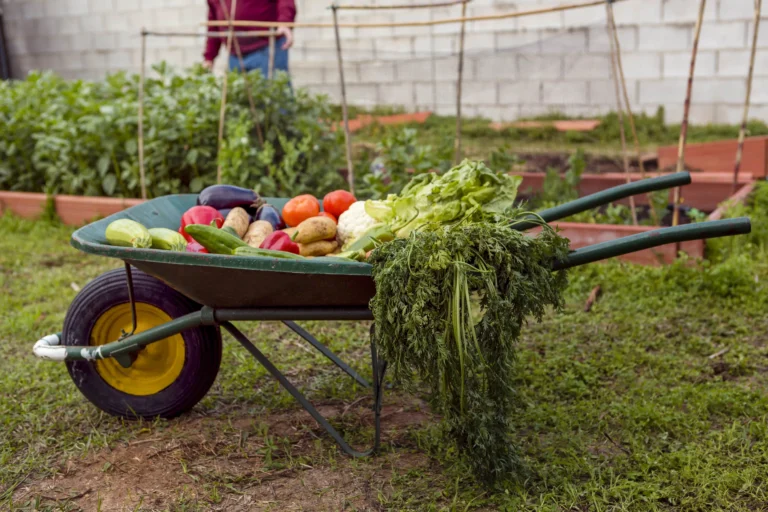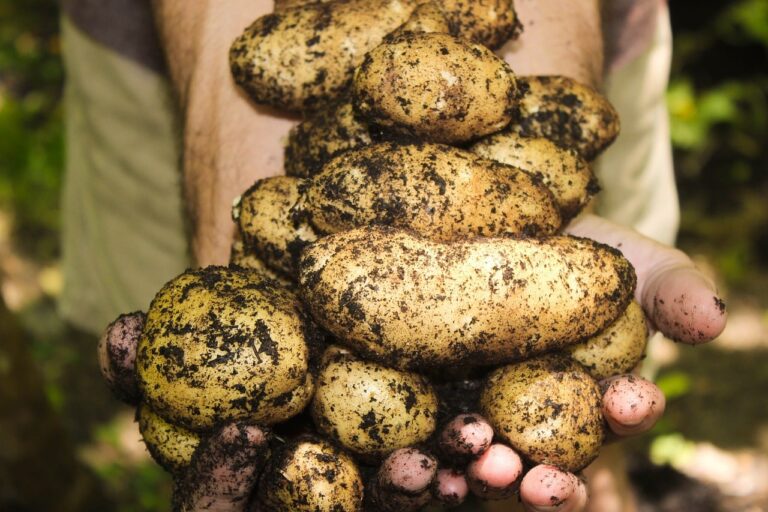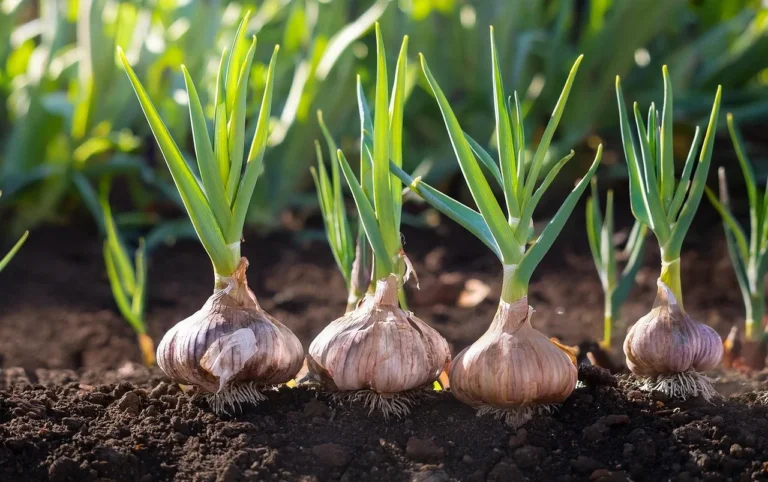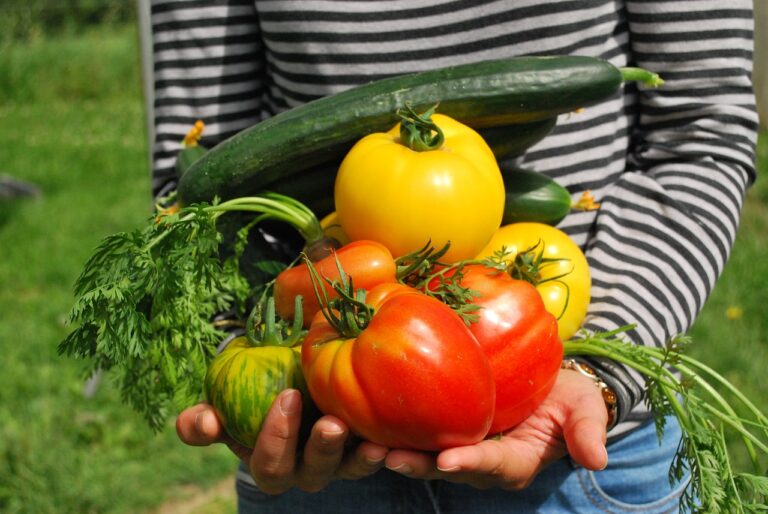Growing Tomatoes: Tips for a Lush Garden
Table of Contents
Start your gardening journey by growing tomatoes. It’s rewarding, Whether you’re working with a sprawling backyard, a small balcony, or even an indoor space, growing tomato plants is an enjoyable and productive gardening adventure. Tomatoes are versatile and delicious and packed with nutrients like vitamin C and antioxidants, making them a favorite among home gardeners.
This guide will walk you through the essentials of growing tomatoes, from choosing the right varieties and overcoming common challenges to creative techniques like growing tomatoes upside down. Whether you’re curious about the minimum pot size for healthy roots or exploring how to grow tomatoes in pots and containers, you’ll find everything you need to cultivate a lush, thriving tomato garden.
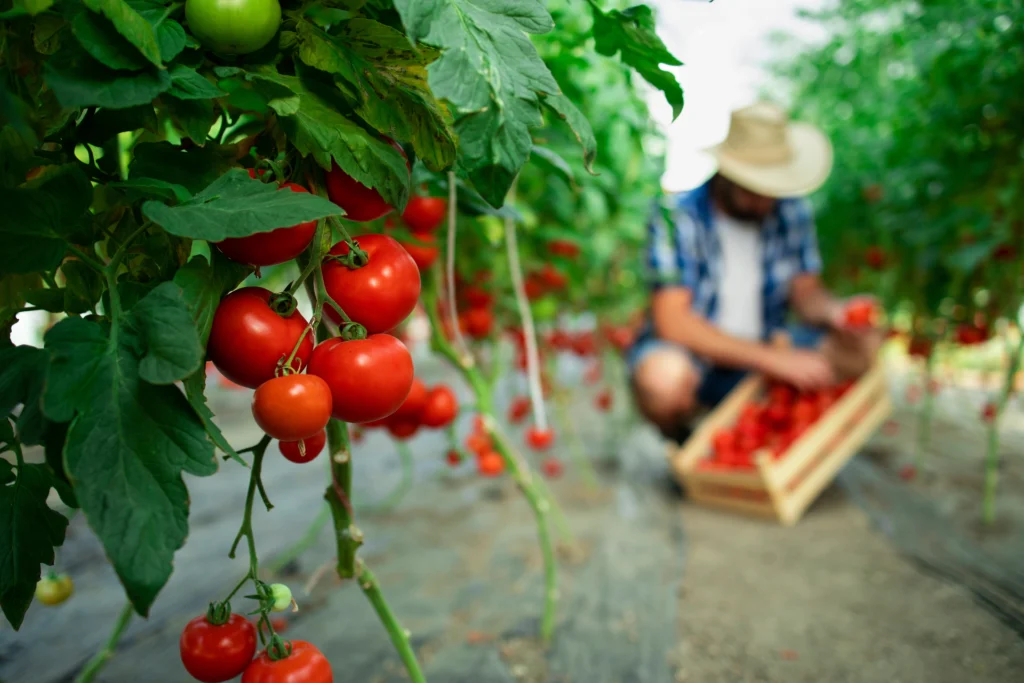
Key Takeaways
- Sunlight is key: Tomatoes need 6-8 hours of direct sunlight daily for healthy growth.
- Choose the right variety: Select tomato plants that suit your climate, space, and taste preferences.
- Support matters: Use stakes, cages, or trellises early to guide plant growth and prevent damage.
- Watch your watering: Keep soil moist but avoid overwatering to prevent root issues.
- Optimize container size: Pots at least 18 inches wide and 24 inches deep ensure robust root systems.
- Try creative methods: From grow bags to upside-down planters, explore space-saving and efficient techniques.
Garden Preparation and Tomato Plant Basics
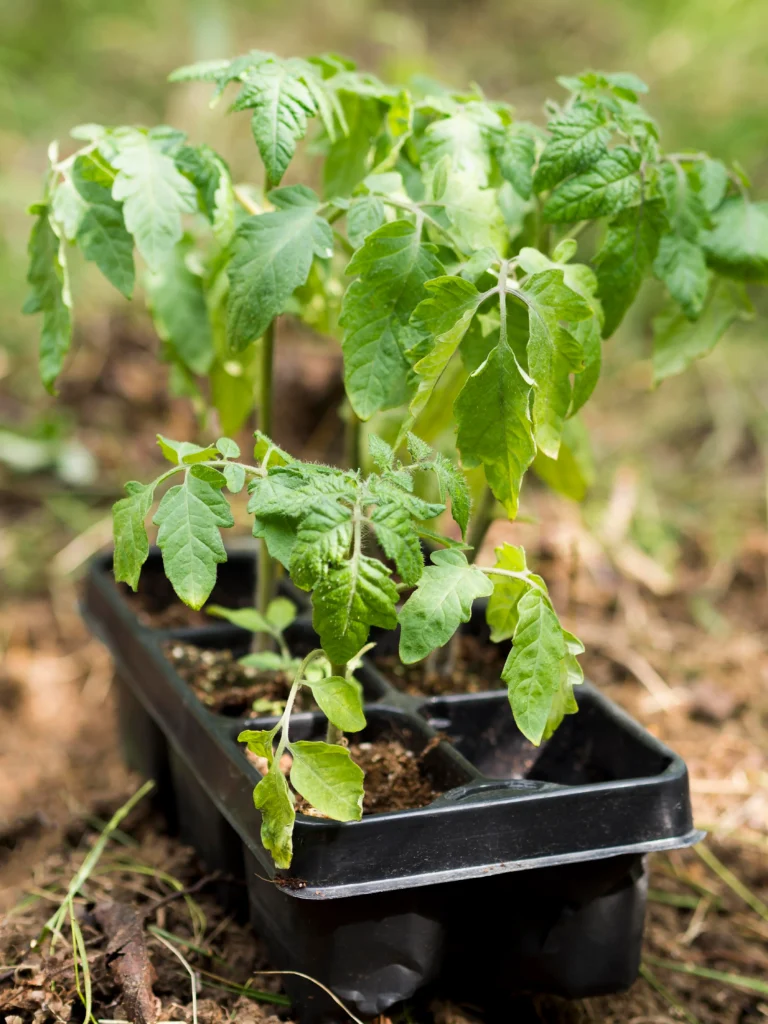
Starting your gardening journey is exciting. It’s about learning how to grow tomatoes. Whether you’re growing them in pots or containers, there’s nothing like picking your own tomatoes. Let’s get to the basics to make sure your tomatoes grow well.
Understanding the Basics of Growing Tomato Plants
Choosing the right tomato plant is key. Think about your climate, space, and taste preferences. Each tomato variety is different, from the big Beefsteak to the small Cherry.
Choosing the Best Tomato Plants to Grow
Choosing the Right Tomato Plants
Selecting the best tomato plants to grow depends on your space, climate, and gardening goals.
- Heirloom varieties: Known for their rich flavor and unique colors, like Brandywine or Cherokee Purple.
- Hybrid varieties: Ideal for disease resistance and consistent yields, such as Better Boy or Celebrity.
- Determinate (bush): Perfect for small spaces, as these plants grow to a manageable size and produce fruit all at once.
- Indeterminate (vining): Best for larger gardens, offering continuous harvests throughout the season.
Soil Requirements and Plant Nutrition
Healthy, nutrient-rich soil is essential for a thriving tomato plant. Ensure your soil meets these requirements:
- Well-draining and rich in organic matter.
- A slightly acidic pH between 6.0 and 6.8.
- Enriched with compost or a balanced fertilizer before planting.
With these tips, you’re ready to grow amazing tomatoes. Enjoy this rewarding experience and watch your tomatoes grow into a beautiful harvest.
Getting Started with Tomato Plants
Starting to grow tomato plants from seeds is exciting. It requires knowing the basics and how to do it right. Growing tomatoes can be very rewarding if you know what to do.
From Seed to Sprout: Grow a Tomato Plant from Seed
Getting Started with Tomato Plants
Growing tomatoes from seed is a fun and fulfilling process. Whether you’re a seasoned gardener or a beginner, knowing the right steps can ensure success. Here’s how to get started:
From Seed to Sprout: Grow a Tomato Plant from Seed
Starting your tomato plants from seed is a great way to get a head start on the growing season.
- Timing is everything: Begin your seeds indoors 6-8 weeks before the last expected frost in your area.
- Planting depth: Sow the seeds about 1/4 inch deep in a high-quality seed-starting mix.
- Temperature: Keep the soil warm, around 70°F (21°C), to encourage sprouting.
- Lighting: Ensure your seedlings receive 12-16 hours of light per day, either from a sunny windowsill or grow lights.
In just a week or two, you’ll begin to see your first sprouts—an exciting sign that your tomato journey is off to a great start!
Planting Depths: How Deep Do Tomato Plant’s Roots Grow?
Tomato plants develop strong root systems, so it’s essential to plant them at the right depth.
- Root growth: While tomato roots typically grow 6 to 12 inches deep, most roots are concentrated in the top few inches of soil.
- Soil preparation: Loosening and enriching the soil before planting helps promote healthy root development.
Expecting Growth: How Tall Do Tomato Plants Grow?
Tomatoes come in different sizes, so it’s important to know what to expect.
- Indeterminate varieties: These plants can grow over 6 feet tall and continue to produce fruit throughout the growing season.
- Determinate varieties: Typically stay around 3-4 feet tall and produce all their fruit at once, making them perfect for limited space.
Support your plants early with stakes or cages to ensure they grow upright and stay healthy.
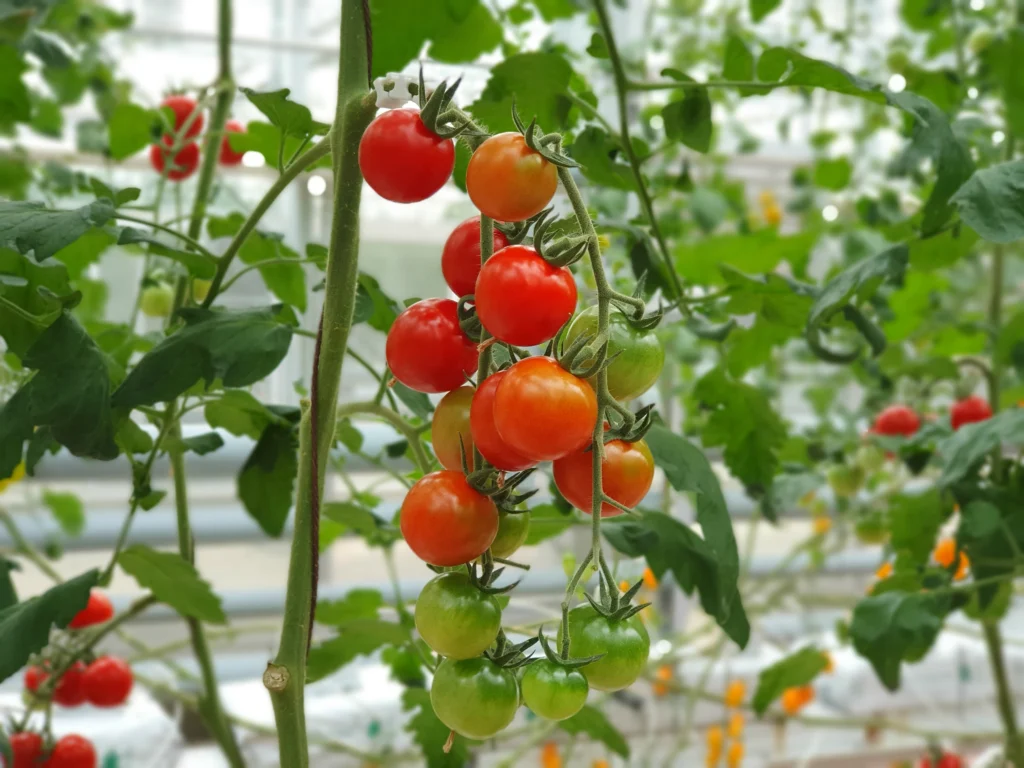
With these tips, growing tomato plants from seeds is easier and more fun. Focus on these basics to grow a great crop of tomatoes. Remember, each step is important for your success in growing tomatoes.
Indoor Tomato Gardening
For those without outdoor space or in areas with harsh winters, growing tomatoes indoors is a fantastic solution. With a little extra care, you can grow vibrant tomato plants indoors and enjoy fresh, homegrown tomatoes year-round.
Choosing the Right Variety for Indoor Growing
Not all tomato varieties are suited for indoor gardening. Look for compact or dwarf types, which thrive in smaller spaces.
- Dwarf varieties: These are ideal for containers and indoor environments. Examples include Tiny Tim or Micro Tom, which only grow 12-18 inches tall.
- Cherry tomatoes: These are another great option, as they produce small, bite-sized fruits that are perfect for indoor spaces.
Creating the Perfect Environment for Indoor Tomatoes
To grow tomatoes indoors successfully, ensure you meet the following conditions:
| Condition | Requirement |
|---|---|
| Light | 6-8 hours of direct sunlight or artificial light |
| Temperature | 65°F – 85°F (18°C – 29°C) |
| Humidity | 40-60% |
| Soil Type | Lightweight, well-draining potting mix |
| Fertilizer | Water-soluble, balanced (e.g., 10-10-10) |
Pollination in Indoor Gardens
Indoor tomatoes may not have the benefit of natural pollinators like bees. To ensure fruit set, you’ll need to hand-pollinate:
- Manual pollination: Gently shake the plant or use a small brush to transfer pollen from flower to flower.
By meeting these conditions and giving your tomatoes plenty of care, you’ll be able to enjoy fresh fruit even from an indoor garden.
In conclusion, growing tomatoes indoors requires some adjustments and extra costs like grow lights and maintaining temperature and humidity. But it’s worth it. With the right care, you can enjoy a fresh tomato harvest from your indoor garden!
Creative Tomato Growing Methods
Exploring new ways to grow tomatoes can really change your gardening game. If you have little space or want to try something new, there are many creative ways to grow tomatoes. These methods can make your garden more interesting and even help your tomatoes grow better.
The Upside-Down Approach: Growing Tomato Plants Upside Down
Growing tomatoes upside down is a space-saving technique that works especially well for small gardens or balconies. Here’s why it’s worth trying:
- Space efficiency: Hanging your tomato plants in upside-down containers helps maximize vertical space.
- Healthier plants: The method helps reduce the risk of soil-borne diseases, as the fruit hangs freely and doesn’t touch the ground.
- Easy watering: The container design allows for even watering, which promotes healthy root development.
To grow tomatoes upside down, use a specialized container or repurpose an old bucket or hanging basket with drainage holes. This method also makes harvesting easier as the tomatoes are suspended and easy to reach.
Innovative Techniques for Enhancing Tomato Growth
There are several other ways to improve tomato growth and make your gardening more efficient:
- Companion Planting: Growing tomatoes alongside herbs like basil or marigolds can help repel pests and improve the flavor of your tomatoes.
- Grow Bags: These flexible containers provide good air circulation to the roots, helping prevent overwatering. They’re also portable, so you can move them around to follow the sun.
- Vertical Gardening: Use trellises, towers, or cages to grow tomatoes vertically. This keeps your plants off the ground, reducing the chance of pests and diseases while saving space.
These creative methods can help you get the most out of your tomato-growing experience, no matter the size of your garden or available space.
FAQ
What are the key requirements for successfully growing tomato plants?
Tomatoes need several key factors to thrive:
- Sunlight: At least 6-8 hours of direct sunlight each day.
- Watering: Consistent watering, ensuring the soil stays moist but not soggy.
- Soil: Well-draining, nutrient-rich soil with a pH of 6.0-6.8.
- Support: Use stakes, cages, or trellises to support growing plants and prevent them from sprawling.
What are some common tomato planting issues and how can I avoid them?
Common problems include:
- Overwatering or underwatering: Ensure the soil stays consistently moist but not waterlogged.
- Pests: Aphids, whiteflies, and tomato hornworms are common. Use natural remedies or introduce beneficial insects like ladybugs.
- Diseases: Blight and blossom-end rot can affect tomatoes. Ensure proper spacing and choose disease-resistant varieties to minimize risks.
What is the minimum size pot required to grow tomatoes?
For healthy tomato growth, a container should be at least 18 inches wide and 24 inches deep. This size provides enough room for the roots to spread and the plant to grow properly.
How do I choose the best tomato plants for my garden?
The best variety depends on your climate, space, and taste preferences. Consider:
- Heirlooms: Known for rich flavors and history.
- Hybrids: Often more disease-resistant and consistent.
- Cherry or smaller varieties: Great for smaller spaces or containers.
What are the soil requirements and nutritional needs of tomato plants?
Tomatoes thrive in well-draining soil enriched with plenty of organic matter.
- Soil pH: 6.0-6.8 is ideal.
- Nutrients: Tomatoes need balanced fertilization with nitrogen, phosphorus, and potassium. Add calcium and magnesium to prevent common nutrient deficiencies, like blossom-end rot.
How do I grow a tomato plant from seed?
To grow tomatoes from seed:
- Start seeds indoors 6-8 weeks before the last frost.
- Plant in seed-starting mix, about 1/4 inch deep.
- Provide warmth (around 70°F) and light.
- Once the seedlings have true leaves, transplant them to larger containers or into the garden.
How deep do tomato plant’s roots grow?
Tomato roots typically grow 6-12 inches deep, but most of the roots are in the top 6 inches of soil. Prepare your soil to be deep and well-aerated for better root growth.
How tall do tomato plants grow?
- Indeterminate varieties can grow over 6 feet tall and keep producing fruit until frost.
- Determinate varieties tend to be shorter, around 3-4 feet, and produce all their fruit at once.
Can I grow tomato plants indoors and what are the optimal conditions?
Yes, you can! To grow tomatoes indoors, provide:
- 6-8 hours of direct light or use grow lights.
- Temperatures between 65°F and 85°F.
- Good air circulation and humidity levels of 40-60%.
- Hand pollination may be needed to help set fruit.
What are the benefits of growing tomato plants upside down?
Growing tomatoes upside down saves space, reduces the risk of pests and diseases, and allows for easy access to fruit. Plus, it can be visually appealing and fun!
What innovative techniques can I use to enhance tomato growth?
Consider:
Vertical gardening: Use trellises or towers to maximize space.
Grow bags: They promote good root aeration and control watering.
Companion planting: A natural way to repel pests and enhance plant vitality.
